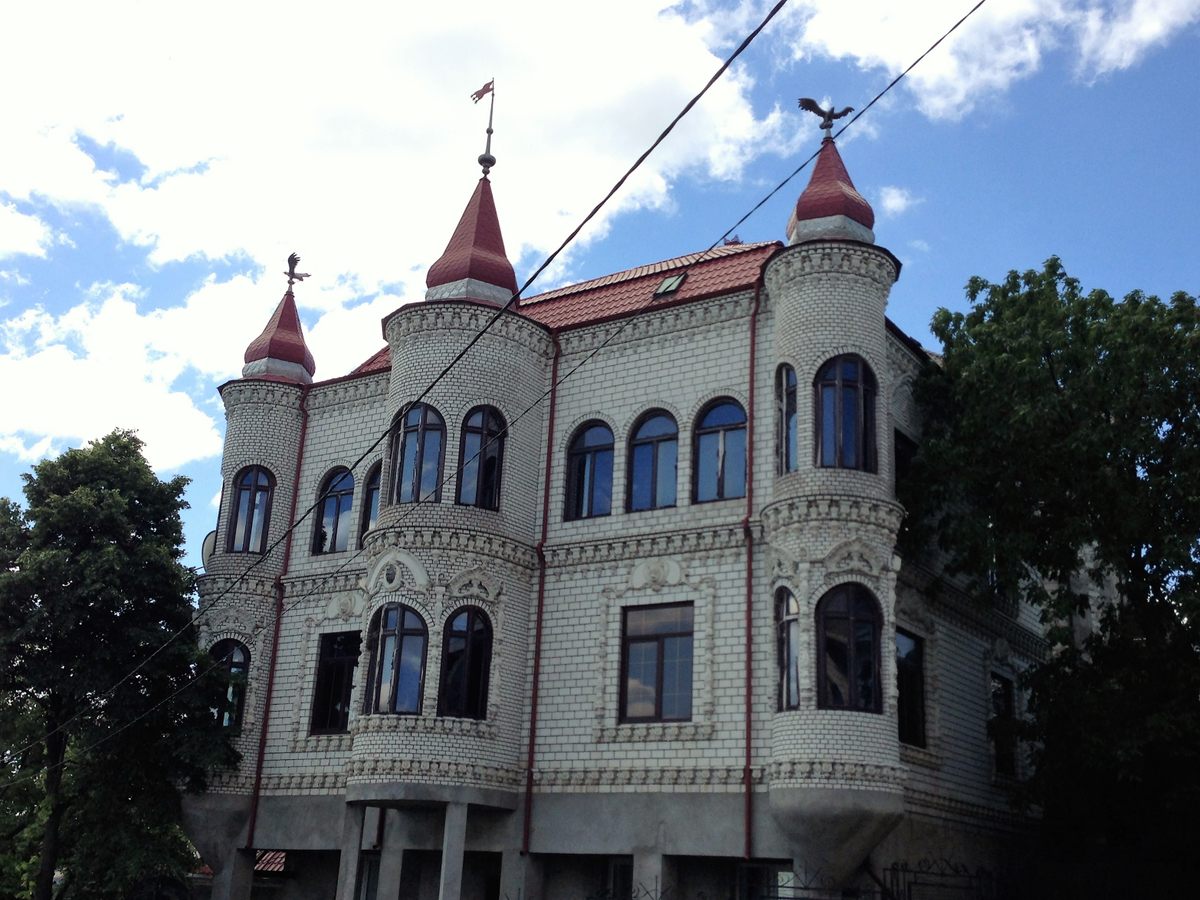The elaborate mansions in the Gypsy Hill, built by Roma residents, are a testament to their success despite facing centuries of discrimination. Located across the Nistru River from Ukraine, Soroca is often called Moldova’s Gypsy Capital.
In a country with limited tourist attractions, Soroca is notable for its unique features, including a medieval fortress from the time of Ștefan cel Mare and several impressive new “fortresses” built by the Roma community.

The term “gypsy” is controversial, stemming from a debunked theory that the Roma people came from Egypt. Recent evidence shows they actually migrated to Europe from northern India. Some activists want to reclaim the term because it’s commonly used, while others feel it has too many negative connotations. However, English speakers should definitely avoid using the word “gyp,” as it is a clear racial slur.

Despite living in Europe for over a thousand years, Roma communities have often faced severe discrimination and violence, including the murder of hundreds of thousands during the Holocaust. Today, an estimated 10-12 million Roma live in Europe, primarily in former communist countries, and many continue to struggle economically and educationally.
After centuries of hardship, it’s understandable that those who achieve economic success want to display it. In Soroca, on a hilltop overlooking broken sidewalks and poorly paved roads that reflect Moldova’s status as the poorest country in Europe, Roma residents build elaborate houses. These homes are inspired by famous buildings from wealthier countries, such as St. Peter’s Basilica, the U.S. Capitol Building, and the Bolshoi Theatre. Among these mansions is the home of Arthur Cherari, known as the “Gypsy King.”


Today
On Gypsy Hill (Dealul Ţiganilor in Romanian), some mansions remain unfinished, and others lack basic comforts like indoor plumbing and electricity. Many of these homes are spacious enough to accommodate dozens of people but often stay empty for long periods as their owners earn money elsewhere. Despite these conditions, a stroll through the neighborhood is an eye-opening experience, showcasing a stark contrast between real Eastern European poverty and imitations of wealthier worlds, highlighting different interpretations of status.




